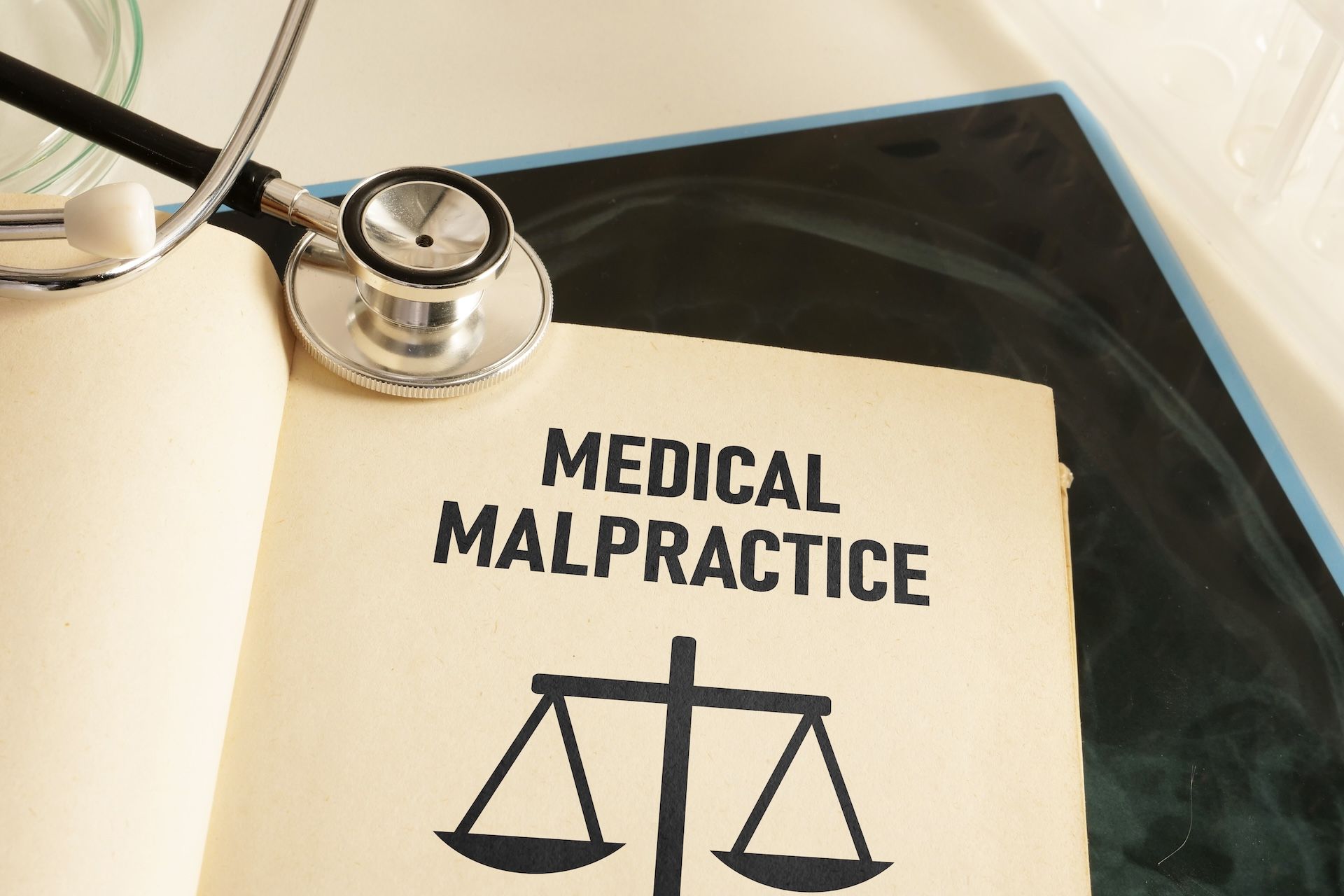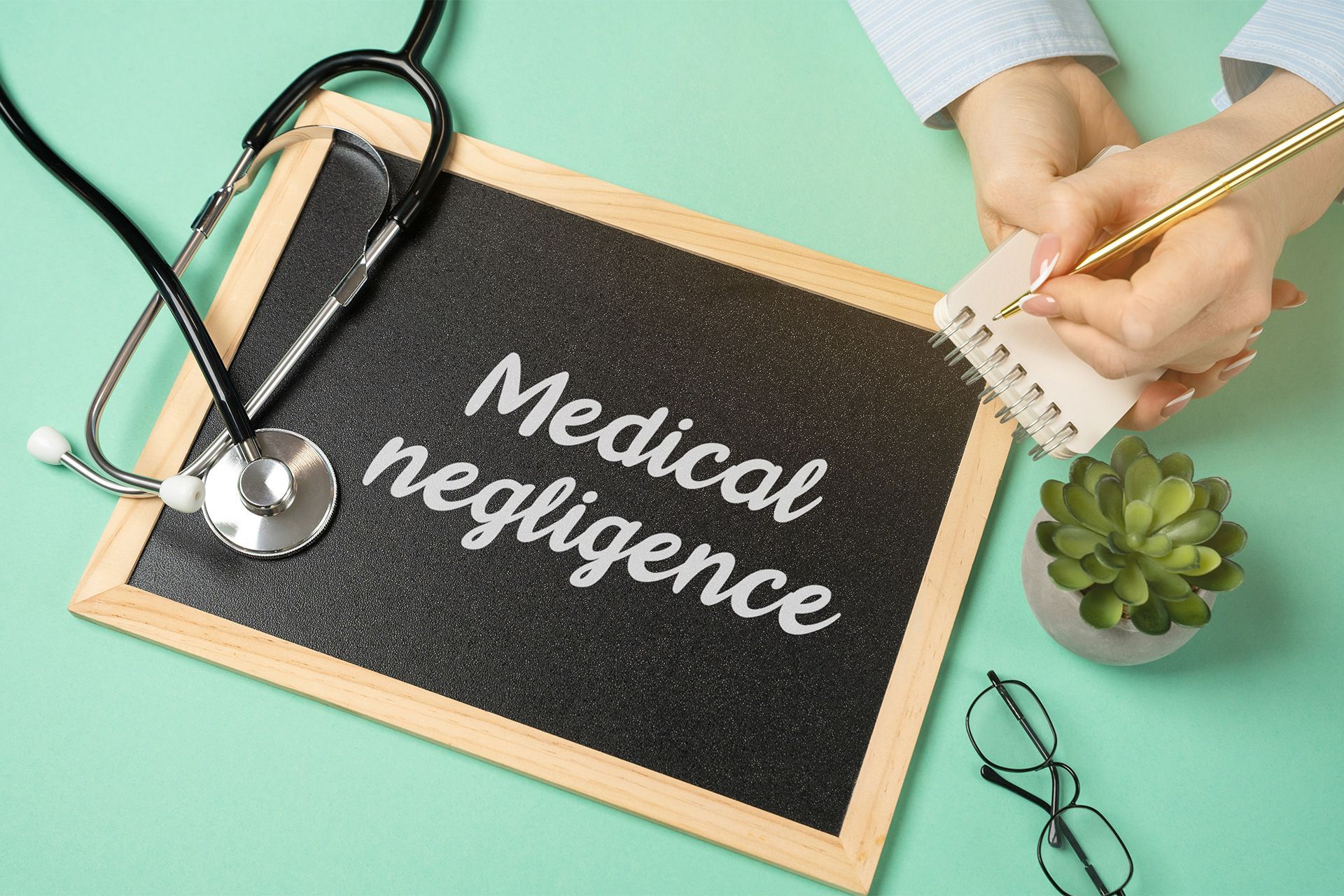Hypoxic Brain Injury at Birth: What Every Parent Should Know and How to Seek Legal Help
The birth of a child should be a joyful and life-changing moment for any parent. However, complications during labor can sometimes lead to an unfortunate circumstance known as hypoxic brain injury at birth, also referred to as Hypoxic-Ischemic Encephalopathy (HIE). This kind of injury can have profound, life-long effects on both the child and their family.
Understanding the risk factors, causes, and potential outcomes of hypoxic brain injury at birth is vital for every parent. Equally important is knowing when and how to seek legal help if you believe your child’s injury resulted from medical negligence.
Understanding Hypoxic Brain Injury
Hypoxic brain injury at birth, also known as Hypoxic-Ischemic Encephalopathy, is a serious medical condition that occurs when the baby’s brain doesn’t receive enough oxygen during the birth process.
It’s a form of birth asphyxia, where oxygen deprivation can cause severe and often irreversible damage to the brain cells. This can lead to the development of numerous long-term conditions, including cerebral palsy, developmental delays, learning disabilities, and seizure disorders.
Causes and Risks of Hypoxic Brain Injury at Birth
A multitude of factors can contribute to hypoxic brain injury at birth. Prolonged labor, especially when it exceeds 20 hours for first-time mothers or 14 hours for those who have given birth before, is a significant risk factor.
Likewise, complications during delivery, such as abnormal baby presentation (breech or face presentation, for example) and cephalopelvic disproportion, where the baby’s head is larger than the mother’s birth canal, also elevate the risk.
Other potential causes include umbilical cord complications such as compression or prolapse, both of which can restrict the baby’s oxygen supply.
In some cases, the misuse or over-reliance on labor-inducing drugs like Pitocin and Cytotec or the improper use of delivery instruments such as forceps or vacuum extractors can increase the likelihood of hypoxic brain injury.
Preventing Hypoxic Brain Injury at Birth
The prevention of hypoxic brain injury fundamentally relies on two key elements: diligent monitoring of the mother and baby during labor and swift action at the first signs of fetal distress.
Pregnant mothers, especially those with high-risk pregnancies, should receive regular prenatal tests to ensure fetal health. Additionally, continuous monitoring of the baby’s heart rate is paramount once the mother is admitted to the labor and delivery unit.
Any signs of complications, such as placental abruption or a nuchal cord, should be quickly addressed, usually with preparations for a C-section delivery.
In the event of prolonged labor or other complications, the medical team must act promptly and decisively. Delays in performing a necessary C-section can lead to Hypoxic-Ischemic Encephalopathy and permanent brain damage in the baby.
As such, having a skilled, well-coordinated healthcare team is essential to ensure safe delivery and prevent hypoxic brain injury at birth.
Recovery and Rehabilitation Following Hypoxic Brain Injury at Birth
Recovery from hypoxic brain injury at birth varies significantly between individuals due to the diverse nature and extent of brain injuries. In many instances, this process involves extensive rehabilitation, including physical, occupational, and speech therapy.
These services can help a child improve their motor skills, address feeding and swallowing difficulties, and manage communication challenges. Early intervention programs are often critical in ensuring the best possible outcomes for the child.
Specialized equipment may also be required to aid in the child’s recovery and development. For example, mobility aids such as wheelchairs or walkers might be necessary for children with physical disabilities. Similarly, assistive communication devices can help those with speech impairments express their needs and thoughts.
Moreover, psychological support for both the child and the family can play a crucial role in the rehabilitation process. Counseling and support groups can provide emotional assistance and coping strategies, while community resources can help families access necessary services and aids.
The Role of Medical Advances in Addressing Hypoxic Brain Injury at Birth
Medical science is continually advancing, bringing new hope for preventing and treating hypoxic brain injury at birth. One such advancement is hypothermia therapy or “cooling treatment.”
This procedure involves cooling the baby’s body temperature for a set period, typically 72 hours, after birth. The cooling slows down the metabolic processes, reducing the severity of brain damage caused by oxygen deprivation.
Scientists are currently investigating the possibilities of using stem cell therapies to repair and regenerate damaged brain cells. This field of research is still in its early stages, but there have been optimistic preliminary results.
Additionally, modern diagnostic techniques, such as MRI and near-infrared spectroscopy, have improved the detection of hypoxic brain injury, leading to better treatment outcomes.
These techniques can also aid in monitoring the long-term impacts of the injury on the child’s brain development, guiding tailored therapy plans.
Medical science’s strides underscore the importance of staying informed about the latest developments. It is important for families coping with the aftermath of a hypoxic brain injury to regularly communicate with their healthcare providers and keep themselves informed about new therapeutic options. This will ensure that they have access to the most effective treatments available.
The Role of Legal Assistance in Cases of Hypoxic Brain Injury at Birth
Coming to terms with the aftermath of hypoxic brain injury at birth can be an overwhelming journey for any parent. Besides dealing with the emotional toll, there are also substantial financial considerations to bear in mind, especially regarding long-term care. This is where the expertise of legal professionals can be invaluable.
Experienced
birth injury attorneys are well-versed in the complexities of medical negligence cases. They can investigate the circumstances surrounding the birth, ascertain if there were preventable errors, and assist parents in seeking justice and the compensation necessary to secure their child’s future.
Frequently Asked Questions about Hypoxic Brain Injury at Birth
What are the symptoms of hypoxic brain injury at birth?
Symptoms may include low heart rate, weak muscle tone, poor reflexes, weak or absent breathing, skin color that is bluish or pale, seizures, and low Apgar scores (a quick evaluation of the baby’s physical condition done immediately after birth).
How is hypoxic brain injury diagnosed?
To diagnose any issues, doctors typically use a combination of methods like physical exams, reviewing medical history and birth records, and imaging techniques such as MRI or CT scans of the baby’s brain. Occasionally, an electroencephalogram (EEG) is used to identify seizures.
Can hypoxic brain injury at birth be treated?
Yes, but the effectiveness of treatment depends on the severity of the injury. Immediate treatment usually involves stabilizing the baby’s breathing and blood circulation. After that, treatments like therapeutic hypothermia and medications may be used to reduce the risk of further brain damage and manage symptoms.
The information in this blog post is for reference only and not legal advice. As such, you should not decide whether to contact a lawyer based on the information in this blog post. Moreover, there is no lawyer-client relationship resulting from this blog post, nor should any such relationship be implied. If you need legal counsel, please consult a lawyer licensed to practice in your jurisdiction.
Disclaimer: The information on this website and blog is for general informational purposes only and is not professional advice. We make no guarantees of accuracy or completeness. We disclaim all liability for errors, omissions, or reliance on this content. Always consult a qualified professional for specific guidance.
RECENT POSTS






